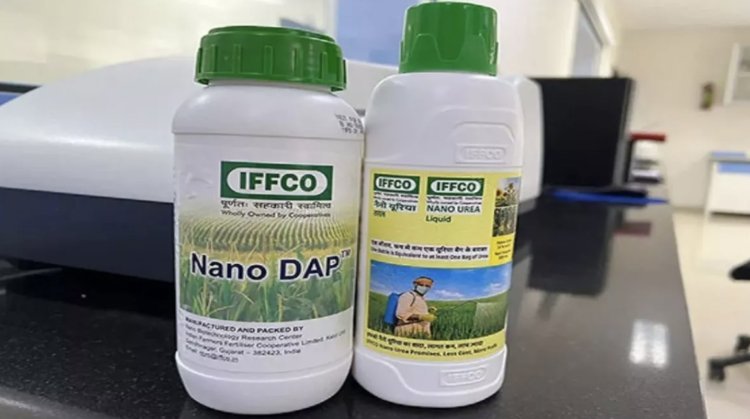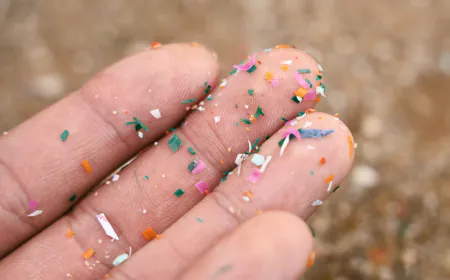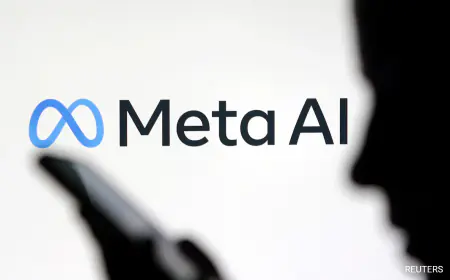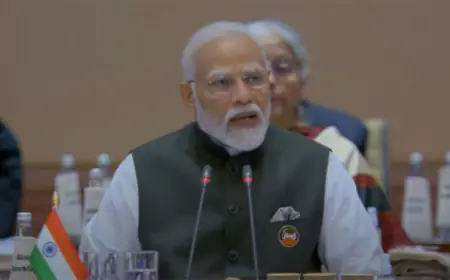Production of 90 lakh tonnes of Nano DAP will start by April, foreign dependence has started decreasing in the matter of fertilizer
The Center has set a target of reducing the use of granular DAP by about 9 million tonnes per annum through liquid fertilizer. 18 crore liquid DAP bottles will soon be produced in three plants in the country. Production has started in two plants. Now production is awaited at the Gandhidham plant, whose foundation stone was laid three days back by Home and Cooperation Minister Amit Shah.

The new version (liquid) of fertilizers has given a boost to the new revolution in the agriculture sector. Foreign dependence has started reducing in the matter of fertilizers. Due to the increase in domestic production, a reduction in the import of urea from other countries had already started during the year. Now with the fast move towards indigenous manufacturing of Liquid Di-Ammonium Phosphate (DAP), the expectation of good money-saving has also increased.
The central government has set a target to reduce the use of granular DAP by about 9 million tonnes per annum through liquid fertilizer. 18 crore liquid DAP bottles will soon be produced in three plants in the country. Production has started in two plants. Now production is awaited to start at the Gandhidham plant, whose foundation stone was laid by Home and Cooperation Minister Amit Shah three days back.
IFFCO claims that production of liquid DAP will start in this plant in April. The import of urea has come down by 17 percent for the second consecutive time in the financial year 2022-23 after starting many closed urea plants at the local level and increasing the production of nano-urea. However, a 30 percent increase in the import of DAP was also observed during the same period, which is proving to increase foreign dependence. Under these circumstances, the central government has moved towards liquid DAP after liquid urea.
Production has started at Paradweep in Odisha and Kalol plants in Gujarat. The three units will produce six crore bottles each, which is equivalent to 90 lakh tonnes of DAP. According to the Ministry of Chemicals and Fertilizers, the annual requirement of DAP in the country is about 145 lakh tonnes, while domestic production is only a third of it. It is clear that 80 to 90 lakh tonnes of DAP have to be imported every year. For this, a huge amount has to be spent and imported from abroad.
The country also requires 360 to 380 lakh tonnes of urea every year, while the production is only 250 tonnes. Still, more than 100 tonnes of urea has to be imported from other countries. The demand for fertilizers in agriculture is increasing. That's why the policy of Nano Urea was approved in February 2021 with emphasis on domestic production and within just two years the infrastructure to manufacture about 17 crore Nano Urea has been set up.



















































































































.jpeg)













